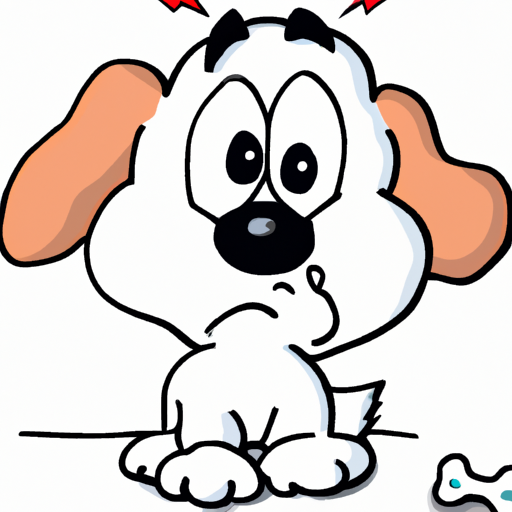As a caregiver to your furry friend, it’s crucial to understand the stages of their dental development. Similar to humans, dogs also experience the loss and growth of new teeth at different stages of their life. However, the age at which a dog’s teeth fall out significantly differs from that of humans.
Table of Contents
- Understanding Canine Dental Anatomy
- Puppy Teeth: When Do They Appear and Fall Out?
- Adult Dog Teeth: When Do They Appear?
- Dental Issues in Dogs
- How to Care for Your Dog’s Teeth
- Frequently Asked Questions
Key Takeaways
- Dogs, like humans, have two sets of teeth in their lifetime—baby teeth and permanent teeth.
- Puppy teeth start to appear when the puppy is about 3 weeks old.
- By the age of 4 to 6 months, puppies start losing their baby teeth, and permanent teeth begin to emerge.
- Regular dental care is crucial for a dog’s overall health.
Understanding Canine Dental Anatomy
Just like human babies, puppies are also born toothless. As they grow, they develop a set of deciduous teeth (commonly known as baby or milk teeth). Dogs then replace these baby teeth with a set of adult teeth. Understanding this process can help you ensure that your dog’s teeth are healthy at every stage of its life.
Puppy Teeth: When Do They Appear and Fall Out?
Puppy teeth start to appear when the puppy is about 3 weeks old. At around 6 to 8 weeks old, a puppy should have a full set of 28 baby teeth. These tiny, sharp teeth enable the puppy to start weaning off mother’s milk and transition to solid food.
By the age of 4 to 6 months, puppies start losing their baby teeth. This process is usually seamless and often unnoticed by many pet owners, as puppies typically swallow their fallen-out teeth. As baby teeth fall out, permanent teeth start to grow in their place.
Adult Dog Teeth: When Do They Appear?
Your puppy should have a full set of 42 adult teeth by the time they are 7 months old. These include incisors, canines, premolars, and molars. Each type of tooth has a specific function in eating and chewing. However, some small breed dogs may retain their baby teeth, leading to dental problems if not addressed. This condition is known as retained deciduous teeth.
Dental Issues in Dogs
Just like humans, dogs can also suffer from various dental issues. These can range from gum disease to tooth decay. Regular dental care can help prevent these issues. Some common signs of dental problems in dogs include bad breath, difficulty eating, and red or swollen gums. If you observe these symptoms, it’s crucial to consult your vet immediately.
You can learn more about dental issues in dogs here.
How to Care for Your Dog’s Teeth
Regular dental care is crucial for a dog’s overall health. This involves regular brushing, professional cleanings, and feeding your dog dental-friendly food. You can also provide your dog with dental chew toys that help clean their teeth.
If you are new to brushing your dog’s teeth, you can learn more about the process here.
Frequently Asked Questions
1. What age do dogs’ teeth fall out?
Puppy teeth start to fall out around 4 to 6 months of age to make way for adult teeth.
2. How many teeth do adult dogs have?
Adult dogs typically have 42 teeth.
3. What can I do if my puppy is teething?
You can provide your puppy with chew toys to soothe their gums. It’s also important to monitor your dog to make sure they are not chewing on harmful objects.
4. How often should I brush my dog’s teeth?
Ideally, you should brush your dog’s teeth daily. However, even brushing a few times a week can be beneficial.
Understanding your dog’s dental development and needs can help ensure they live a healthy and happy life. As a caregiver, your role in maintaining your dog’s dental hygiene is crucial. For more useful advice on taking care of your dog, check out these articles on puppy care, dog nutrition, and dog health.



